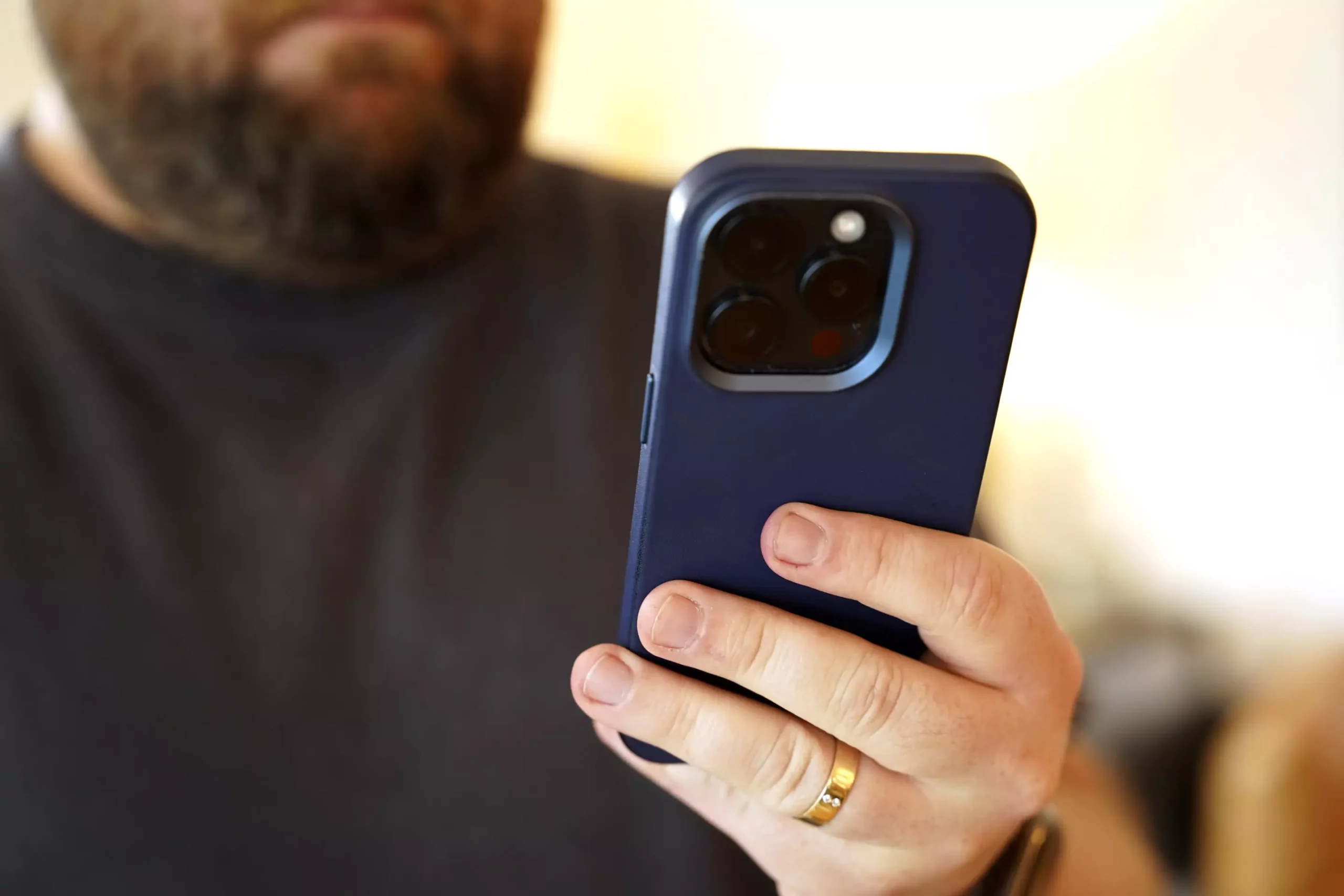In a world where technology is constantly evolving, the dangers of identity theft and fraud are becoming increasingly prevalent. One morning in May, I woke up to a nightmare scenario – my phone number had been hijacked, and thousands of dollars were transferred from my credit card to an unfamiliar bank account. This type of fraud, known as port-out hijacking or SIM-swapping, is a less common but highly damaging form of identity theft.
The FBI Internet Crime Complaint Center reported a staggering 400% increase in SIM-swapping complaints from 2018 to 2021, with personal losses exceeding $68 million. Despite following all recommended security measures, I fell victim to this scam, highlighting the fact that no one is completely safe from cybercriminals. The data suggests that these scams will only grow in frequency and sophistication as technology advances.
One of the main vulnerabilities exploited in SIM-swapping fraud is the reliance on two-factor authentication. With the ability to easily obtain personal information like phone numbers, birthdays, and social security numbers from public or private databases, criminals can bypass this supposedly secure authentication method. Even major corporations like AT&T have experienced security breaches, further exposing consumers to the risk of SIM-swapping.
In response to the increasing threat of SIM-swapping fraud, the FCC introduced new rules in 2023 requiring wireless providers to adopt more secure methods of authenticating customers before transferring phone numbers. These rules aim to enhance consumer protection and make it harder for fraudsters to hijack phone numbers for illicit purposes. However, the implementation of these rules has been delayed, leaving consumers vulnerable in the meantime.
While regulations play a crucial role in preventing SIM-swapping fraud, consumer awareness and action are equally important. It is essential for individuals to take proactive steps to protect their personal information, such as regularly changing passwords, monitoring financial accounts, and limiting the exposure of sensitive data online. Companies must also prioritize the security of their customers’ data and implement robust measures to prevent fraudulent activities.
It took ten days for me to regain control of my phone number after falling victim to SIM-swapping fraud. During this time, the scammer managed to access my bank account multiple times and transfer a substantial amount of money. Despite taking various precautionary measures, including freezing my credit and changing all passwords, the recovery process was arduous and time-consuming. This experience served as a stark reminder of the vulnerability of personal information in the digital age.
Protecting yourself against SIM-swapping fraud requires a combination of regulatory measures, consumer awareness, and proactive security practices. By staying informed about the risks of identity theft and taking steps to safeguard personal information, individuals can reduce their susceptibility to fraudulent activities. As technology continues to advance, it is crucial to adapt and strengthen security measures to stay one step ahead of cybercriminals.


Leave a Reply